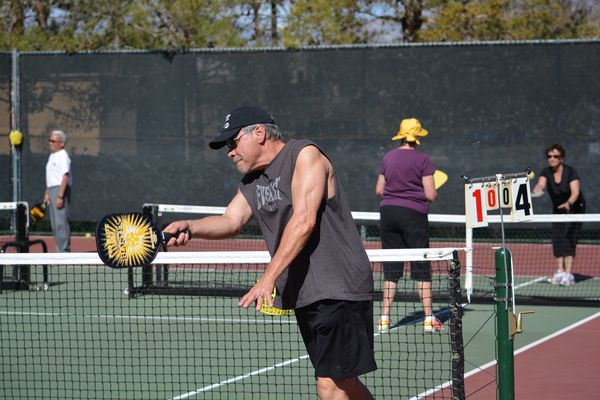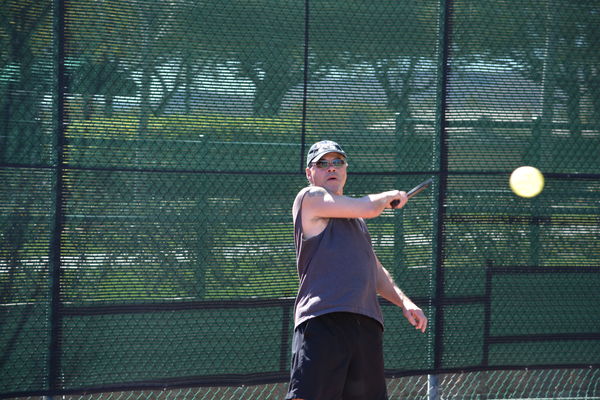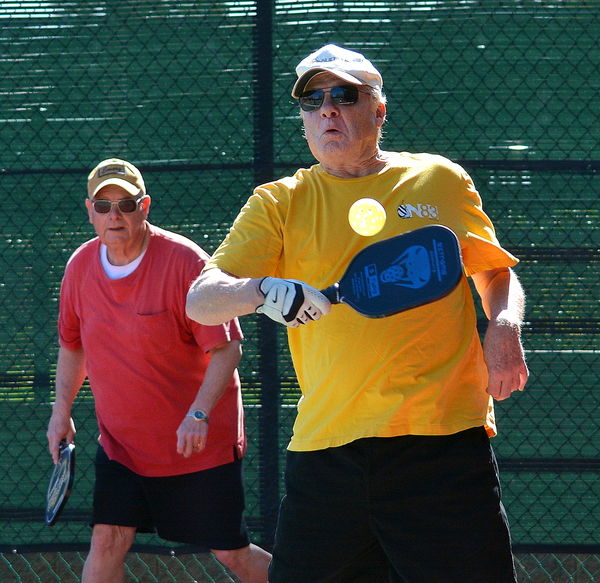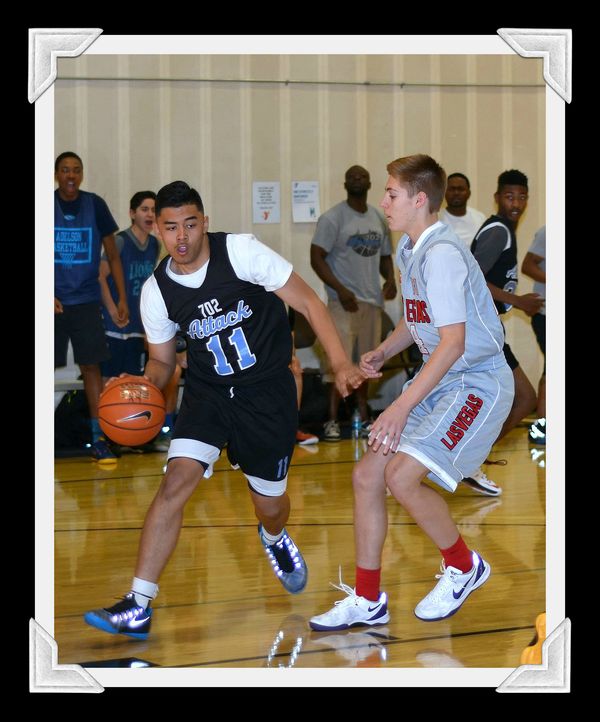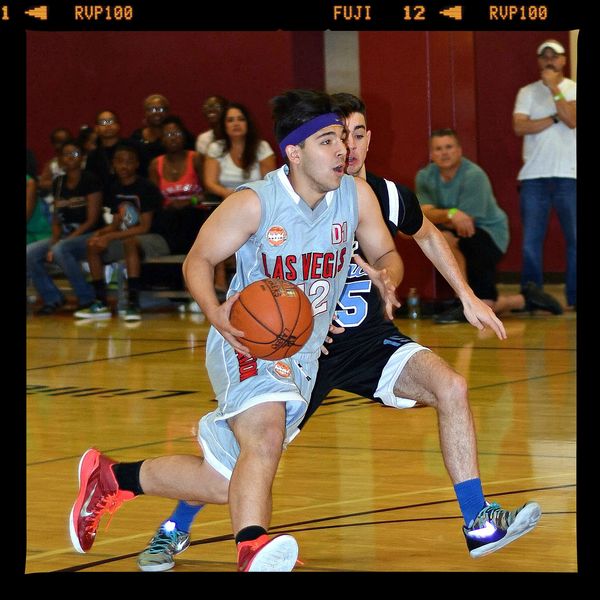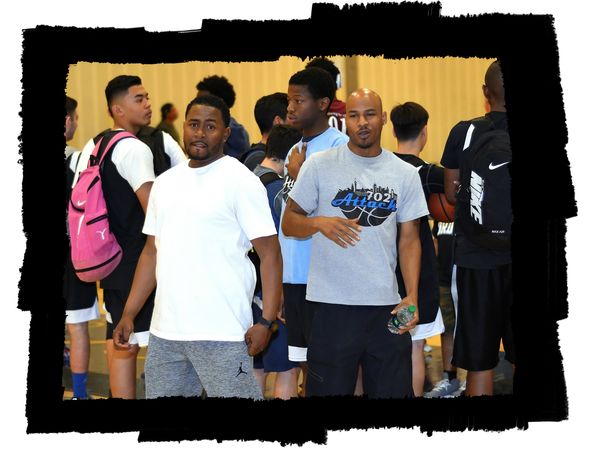7100 metering
Mar 27, 2015 19:30:07 #
trainguy wrote:
Hi Hogs; I have a 7100 taking bball shot using the back button; I have been using Matrix metering and wonder if I should be using Center weighted or Spot Metering? I Bbutton on the player and follow him for the shot. Any and all questions or comments appreciated
Thanks; Dave
Thanks; Dave
I think matrix metering is good.
But despite their suggestions otherwise I'd use AF-S single spot focus and continuous release...panning to follow the person you want to be sharp. This works best for me with birds, anyway.
Mar 27, 2015 19:32:10 #
wilsondl2 wrote:
Dave - This may be sort of a dumb answear but why don't you just try it and see what works best for you? Center metering is a holdover from film cameras and I would not reomend it for anything. I have my func buttom set to spot metering so If I am not sure what I want I just change back and forth and then use what I like the best. - Dave
Spot metering is a bad idea. Look at the brightness difference between the blue and white to see why.
Spot metering on a Nikon follows the spot focus. So you'd find metering jumping all around as you sought focus. On other cameras it stays with the center spot, so then who knows what you'd be metering?
Mar 27, 2015 20:21:33 #
MtnMan wrote:
Spot metering is a bad idea. Look at the brightness difference between the blue and white to see why.
Spot metering on a Nikon follows the spot focus. So you'd find metering jumping all around as you sought focus. On other cameras it stays with the center spot, so then who knows what you'd be metering?
Spot metering on a Nikon follows the spot focus. So you'd find metering jumping all around as you sought focus. On other cameras it stays with the center spot, so then who knows what you'd be metering?
With spot metering, on any camera, you'll find the metering "jumping all around"! Unless your subjects are of a consistent brightness, which can then be compensated for with the appropriate Exposure Compensation, each time the subject changes the meter reading will change too. Even though the light has not changed!
It just won't work well for a basketball game. However, Matrix metering will not be any better. It is intended to be used by those with zero understanding of light and metering, the ultimate in Point & Shoot technology. Anyone that is half a step past knowing nothing should never ever use Matrix metering! Because you can't tell what it will do from one shot to the next. A basketball game is a good example because while the lighting remains the same, and your aperture, shutter speed and ISO settings should be exactly the same for the entire game, matrix metering may decide at various times that what it is seeing is different in a dozen or more ways. The results will be totally inconsistent! For example, it it sees a bright area above what it thinks is the main subject, it does one thing. If it can see a bright area below the subject, something else happens. The light on the subject is the same, but Matrix metering will not make equal images.
Again, before the actual game starts set you exposure manually. Shoot a few shots of players on the floor and check the histogram. The whites on the uniforms should be as bright as possible without clipping. Decide how fast a shutter speed you want depending on how much motion blur you desire. Then set the lens from 1/2 to 1 stop down from maximum, and check to see if the ISO is within reason. Adjust any of the three to get what you can live with, and set those values manually. Shoot the rest of the game assured that no odd exposures will occur as would be guaranteed with either spot metering or matrix metering. Averaging or center weighted would produce fewer random exposures, but there would still be some.
Mar 27, 2015 21:27:30 #
MtnMan wrote:
I think matrix metering is good.
But despite their suggestions otherwise I'd use AF-S single spot focus and continuous release...panning to follow the person you want to be sharp. This works best for me with birds, anyway.
But despite their suggestions otherwise I'd use AF-S single spot focus and continuous release...panning to follow the person you want to be sharp. This works best for me with birds, anyway.
Enclosed are two pics. First one will be matrix metering shooting wilh the sun behind me. Second one will be spot metering shooting into the shade. Both systems work well for me.
Third photo is spot also.
Good luck,
Jules
Mar 27, 2015 21:48:09 #
Apaflo wrote:
Here are some different aspects to think about. M... (show quote)
Question: How can you shoot at 10000 and not get any noise? I get noise at 5000. What is your secret? You have wonderful shots.
Thanks,
Juleskarney
Mar 27, 2015 22:12:01 #
juleskarney wrote:
Question: How can you shoot at 10000 and not get any noise? I get noise at 5000. What is your secret? You have wonderful shots.
Thanks,
Juleskarney
Thanks,
Juleskarney
Thank you for the kind words.
I use Nikon full frame cameras. Basically full frame has a 1 fstop advantage over a APS-C sensor. So a D7100 at ISO 5000 is about the same as a D800 at ISO 10000.
But whatever camera and whatever high ISO, the biggest point is to nail exposure. That means let the spectral highlights such as light sources and reflections be over exposed. For that matter a lot of other things can be over exposed too. For example in one gym that I shoot in (the pictures are in this gym) there is a balcony and there are flags and posters hanging from it. They get more light than the gym floor, so when the players are properly exposed any of those items showing in the frame will be over exposed. Who cares!
Then, in post processing there is another trick. Set the black level high enough to block out, as totally black, anything that doesn't matter. That will eliminate detail in the cloths that spectators are wearing, as an example. But it will also block out a lot of noise.
Shoot in RAW, and post process.
Mar 28, 2015 10:11:19 #
If you want to reply, then register here. Registration is free and your account is created instantly, so you can post right away.



